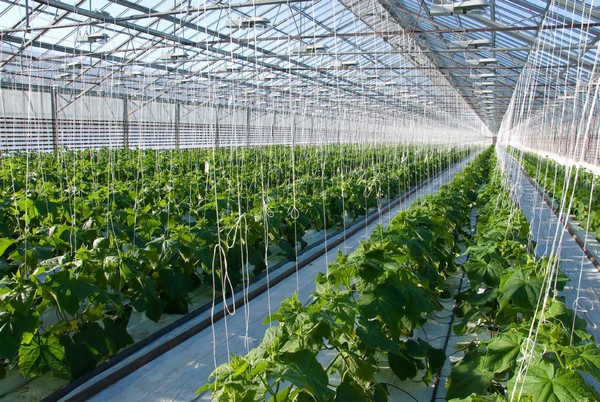A recent paper in the scientific journal ‘Plants’ analyses the current collaboration between genebanks in Europe. The paper was jointly written by the head of the CGN plant genebank, the secretary of the European Cooperative Program for Plant Genetic Resources (ECPGR), and the former coordinator of the virtual European genebank initiative (AEGIS). This self-reflection resulted in a detailed paper with clear conclusions.
Collaboration in Europe
The European Cooperative Program for Plant Genetic Resources (ECPGR), an umbrella organization of European countries in the field of Plant Genetic Resources, has developed many valuable joint activities amongst European genebanks in the past four decades. However, this has not resulted in a substantially increased collaboration.
To improve this situation, AEGIS (short for: ‘A European Genebank Integrated System’) was established in 2004. AEGIS is an ECPGR initiative aiming to efficiently conserve and provide access to unique germplasm in Europe. It is a virtual genebank that administers ‘the European Collection’, consisting of accessions that are managed by AEGIS’ members (genebanks), who organize and cover the costs of the long term conservation and distribution of these accessions. Material in AEGIS is supposed to be managed in accordance with agreed quality standards and should be freely available in accordance with the terms and conditions set out in the International Treaty on Plant Genetic Resources for Food and Agriculture.
In order to analyze and evaluate the collaboration, Theo van Hintum, the head of the CGN plant genebank, Lorenzo Maggioni, the secretary of the European Cooperative Program for Plant Genetic Resources (ECPGR), and Johannes Engels, the former coordinator of AEGIS, wrote the recently published article ‘AEGIS, the virtual European genebank: why it is such a good idea, why it is not working and how it could be improved’. The paper describes the history of the conservation of plant genetic resources (PGR) in Europe and why collaboration between genebanks has not improved significantly since the establishment of ECPGR. The authors observe that (1) often plant genetic resources are duplicated in many collections, while other important material is missing, (2) access to the materials, if there is access at all, is often restricted to a small group of people such as colleagues in the institute, partners of a project, or members of a restricted network, and most importantly, (3) the quality of the conservation methodologies and of the conserved material is unclear and possibly often very low.
Why AEGIS does not work
The authors observe that AEGIS, so far, is not successful. Too little material has been included in this virtual genebank: 65,267 accessions, which is only 3.2% of the material registered in EURISCO, the European database for genebank material. This is mainly because there are no proper incentives for including material in AEGIS and genebanks appear reluctant to commit themselves to the required quality standards without such incentives. Also, the quality of and access to the included material is not assured, as there is no mechanism that verifies compliance to the quality standards.
How it could be improved
Genebanks cannot and will not rely on each other if they cannot be sure about the quality and continuity of the collections managed by their colleague genebanks. Therefore, the need is stressed for introducing a quality system in which genebanks could become AEGIS-certified. The result of such a system would be that AEGIS-certified genebanks qualify themselves for support at national and regional levels, as they should be reliable contributors to conserving genetic resources. Institutions that want to become AEGIS-certified genebanks, but do not meet the requirements yet, should be supported by ECPGR and other donors to reach this goal by capacity building, staff exchanges, support for setting up the required facilities, etc.
Continuity of the collections could be realized by creating an ‘open backup system’. Safety backup is a standard activity for all well-functioning genebanks; they send samples of their material to a colleague genebank and to the Svalbard Global Seed Vault. However, currently that is done in black-box constructions in which only the donor of the material has access to it. The authors propose a slight alteration to this procedure, by agreeing that the accessions in the back-up genebank can be used for inclusion in another AEGIS-genebank collection in the undesirable event that the original holding genebank can no longer provide access to these accessions.
The authors conclude that the European genebank community clearly has the desire to professionalize and collaborate. By creating the proper incentives and establishing the proper infrastructure supported by funding agencies and policymakers, the authors believe that an effective system of collaborating genebanks can be created in Europe.
 For more information:
For more information:
Wageningen University & Research
www.wur.nl










